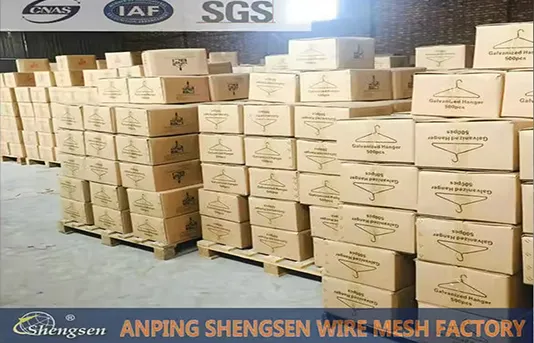-
 Phone:
Phone: -
 Email:
Email:

rockfall netting installation
Rockfall Netting Installation A Comprehensive Overview
Rockfall netting is an essential safety measure employed in mountainous and hilly terrains to mitigate the risks posed by falling rocks. In areas where natural geological processes or weather conditions threaten rock stability, the installation of rockfall netting provides an effective solution to protect infrastructure, vehicles, and human life.
Understanding Rockfall Risks
Before delving into the installation process, it is crucial to comprehend the risks associated with rockfalls. Geological formations can become unstable due to various factors such as erosion, freeze-thaw cycles, and seismic activity. These events can dislodge rocks, sending them tumbling down slopes. Therefore, areas adjacent to highways, railways, and populated regions are particularly vulnerable and require robust interventions.
The Role of Rockfall Netting
Rockfall netting is designed to catch and stabilize loose rocks, preventing them from reaching lower elevations where they can cause significant damage. The netting is typically made from high-strength steel cables or synthetic materials, engineered to endure extreme conditions. Depending on the terrain, various types of mesh designs can be employed, often anchored into the rock face to ensure stability and effectiveness.
Installation Process
rockfall netting installation

1. Site Assessment The first step in rockfall netting installation involves a thorough geological assessment of the area. Engineers analyze the slope, identify potential rockfall zones, and determine the most suitable type of netting.
2. Design Planning Based on the assessment, a custom design is developed. This includes selecting appropriate materials, mesh size, and the configuration of anchors. The design must consider factors like rock size, height of fall, and environmental conditions.
3. Preparation of the Site Prior to installation, the site must be cleared of hazardous loose rocks and vegetation, ensuring a safe working environment. Creating access routes for equipment and personnel is also a vital part of preparation.
4. Netting Installation The actual installation involves several steps, including staking the anchors into the rock face or ground, attaching the netting to these anchors, and ensuring it is taut to provide maximum protection. Experienced teams utilize specialized machinery for lifting and securing the netting, particularly in steep terrain.
5. Inspection and Maintenance Once installed, regular inspections are essential to ensure the integrity of the netting and the associated anchoring system. Maintenance may involve repairing damaged sections or reinforcing areas that show signs of wear.
Conclusion
Rockfall netting installation is a critical component of natural hazard management in vulnerable regions. By effectively stabilizing loose rocks, it enhances safety for communities and infrastructure alike. With ongoing advancements in materials and techniques, the future of rockfall mitigation looks promising, enabling safer and more resilient environments. Whether by road, rail, or residential areas, investing in rockfall netting is an investment in safety and sustainability.
-
Wire Mesh for Every Need: A Practical SolutionNewsJul.25,2025
-
Steel Fences: Durable, Secure, and Stylish OptionsNewsJul.25,2025
-
Roll Top Fencing: A Smart Solution for Safety and SecurityNewsJul.25,2025
-
Cattle Farm Fencing Solutions for Maximum SecurityNewsJul.25,2025
-
Affordable Iron Binding Wire SolutionsNewsJul.25,2025
-
Affordable Galvanized Wire SolutionsNewsJul.25,2025
-
Wire Hanger Recycling IdeasNewsJul.25,2025








